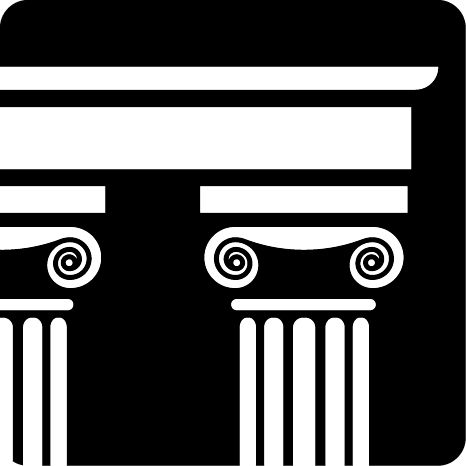Submitted by Mary Kate Morgan
Merriam-Webster (2019) defines ethics as “a set of moral principles; “a theory or system of moral values”; “a guiding philosophy”; “a consciousness of moral importance”. When working as a family scientist, in any career setting, it is essential to remember the importance of ethics. The National Council on Family Relations (NCFR) provides ethical principles and guidelines for family scientists. Before listing these principles the NCFR provides a purpose statement that reads: “these ethical principles and guidelines were developed to inspire and encourage Family Scientists to act ethically; provide guidance in dealing with often complex ethical issues; provide ethical guidance in areas that Family Scientists may overlook; and enhance the professional image and status of Family Scientists by increasing the level of professional consciousness” (NCFR, 2019). Here are a few examples of the guidelines from NCFR:
- Family scientists are respectful of others, show sensitivity to the dignity of all humans, and avoid all forms of exploitation
- Family scientists are not unethically discriminatory on the basis of gender, sexual, orientation, age, marital status, race, religion, national origin, ethnicity, disability, or socioeconomic status.
- Family scientists are sensitive to the complications in dual or multiple role situations and are ethical in those roles.
Stories “add great depth to conversations and discussions related to ethics in family science classes” which leads to students having a better understanding of what ethics are in the family science field. Preparing students to enter the world of family science feeling comfortable and having knowledge of the ethical guidelines will strengthen the field of family science. Using stories to teach ethics can also change the way teachers think about teaching ethics. Morgan (2018) stated that using the stories she heard from family science professionals “transformed” her teaching “in ways that are hard to quantify.”
For more information read: Morgan, K. (2018). Using stories to teach ethics in family science. Family Science Review, 22(2), 21-33.
